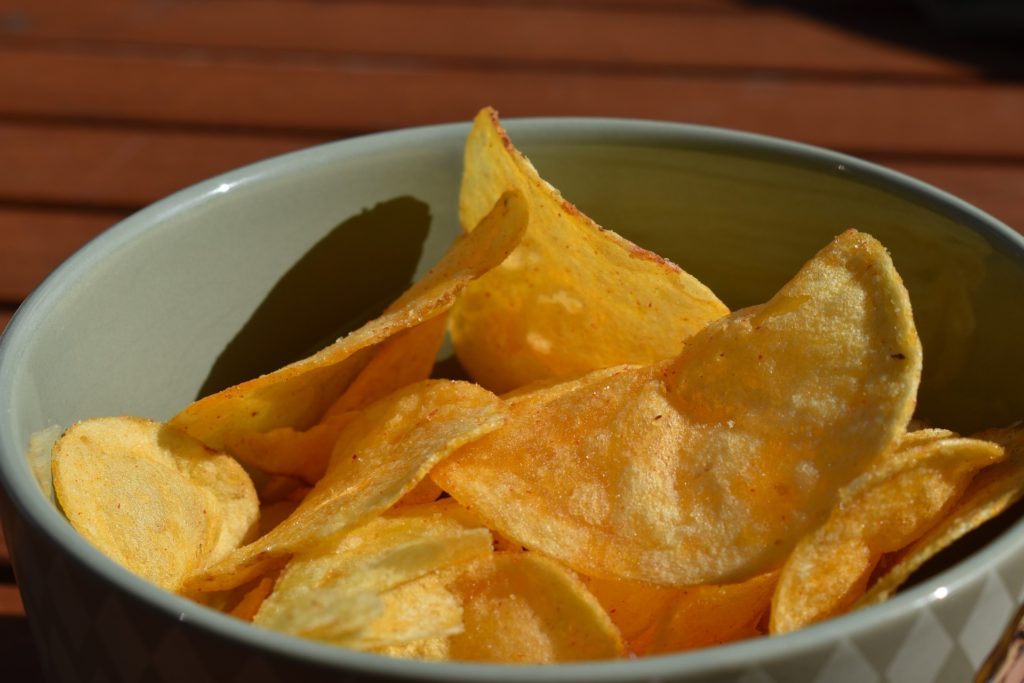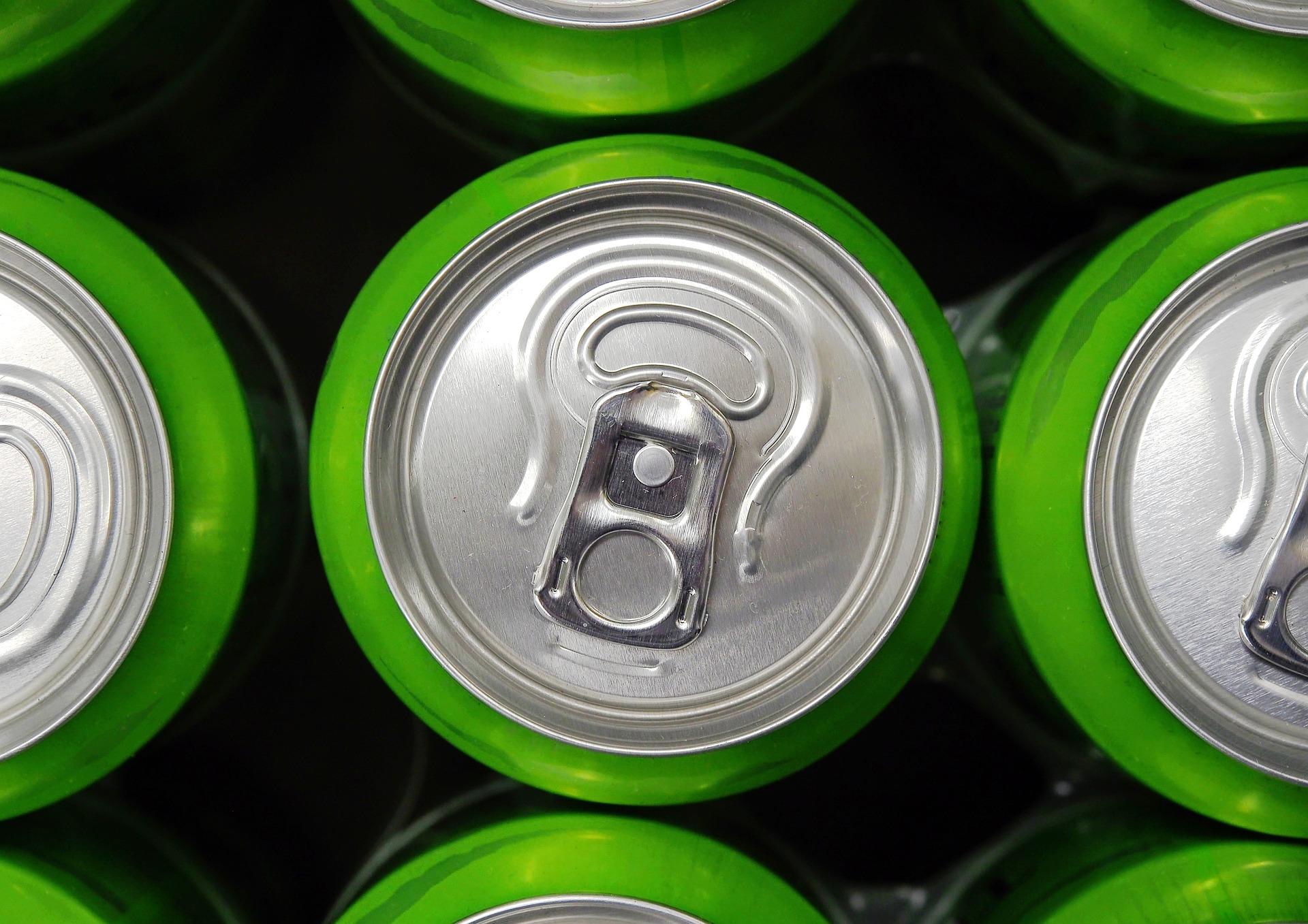
If you’ve ever wondered about the presence of acrylamide in potato chips, you’re not alone. Potato chips, a beloved snack made from thinly sliced potatoes that are fried or baked until crispy, have gained popularity worldwide. However, there are concerns about their impact on health due to their high fat, sodium, and calorie content. Moreover, the cooking process of potato chips at high temperatures has raised questions about the formation of acrylamide, a potential carcinogen. So, let’s delve into the question: Is acrylamide present in all chips?
Let’s find out.
WHAT IS ACRYLAMIDE?
Acrylamide has been a significant industrial chemical, particularly in the production of polyacrylamide. Polyacrylamide has been utilized for a variety of purposes, including the removal of suspended solids from industrial effluent, soil conditioner, herbicide combination surfactant, stationary phase for laboratory separations, and cosmetic formulations.
However, the finding of large levels of acrylamide in heat-processed starch-based foods in April 2002 prompted extensive research into validating the existence and quantifying the amounts of acrylamide. Furthermore, the discovery of acrylamide in foods has sparked global concern because it has been identified as a possible human carcinogen, neurotoxicant, and genotoxicant. It is particularly associated with a higher incidence of breast, ovarian, endometrial, and kidney cancers.
Acrylamide forms as a byproduct of the Maillard reaction. It is a chemical reaction that happens at high temperatures between amino acids (asparagine) and reducing sugars during baking, frying, or roasting. This process causes browning and flavor development in many cooked foods. Acrylamide is not found in unheated or even boiled foods, such as boiled potatoes. It is because the temperature does not rise over 100°C during boiling. It is either undetectable at very low quantities in canned or frozen fruits and vegetables, as well as vegetable protein products.
One of the foods with a reputation for having high acrylamide levels is potato chips. In fact, according to a Food and Drug Administration (FDA) research, potato chips can have up to 1,000 times the level of acrylamide that is deemed safe for drinking water.
Ongoing research is dedicated to understanding the potential health risks associated with dietary exposure to acrylamide. As of now, there is no conclusive evidence linking moderate consumption of foods containing acrylamide to significant health issues. The scientific community continues to explore this subject to provide a clearer understanding of the potential effects on human health.
IS ACRYLAMIDE PRESENT IN ALL CHIPS?
Now, let’s address the burning question: is acrylamide present in all chips? The answer is yes, but the levels can vary. Different factors influence the amount of acrylamide in chips, including the cooking temperature, time, and the composition of the chips.
You might also like: Korean Study: Overcooking With Air Fryers Creates Toxic
Potato chips, being the most popular variety, often contain higher levels of acrylamide compared to other types. This is primarily because potatoes have naturally higher levels of reducing sugars and asparagine amino acid.
In contrast, vegetable chips or tortilla chips typically have reduced acrylamide content compared to potato chips, mainly because of variances in their composition and cooking techniques. According to a study, the acrylamide levels in potato chips ranged from 117 to 2762 parts per billion (ppb), while tortilla chips exhibited acrylamide levels between 130 and 196 ppb.
Food regulatory authorities around the world, such as the FDA and the European Food Safety Authority (EFSA), have been monitoring acrylamide levels in food products. The below table shows high acrylamide-containing foods.
| FOOD | ACRYLAMIDE LEVEL (ppb) |
| Chocolate | 0 to 74 |
| Bread | 24 to 130 |
| Coffee | 64 to 319 |
| Pretzel | 46 to 386 |
| Cookies | 34 to 955 |
| Crackers | 26 to 1540 |
| Tortilla chips | 130 to 196 |
| French fries | 109 to 1325 |
| Potato chips | 117 to 2762 |
While the potential health risks of acrylamide have been studied, the evidence regarding the impact of moderate consumption on human health is inconclusive. It’s important to remember that a balanced and varied diet, along with a healthy lifestyle, is key to overall well-being.
MINIMIZING ACRYLAMIDE FORMATION IN CHIPS
If you are concerned about acrylamide levels in chips, you may consider moderating your intake, opting for alternative snack options, or choosing chips that are cooked using methods that minimize acrylamide formation. If you cook the chips yourself, there are several things to do during preparation and cooking that you can follow to minimize acrylamide formation. Here are some of them.
Soaking is a simple and effective method of reducing acrylamide levels in cooked potatoes. Soaking potatoes in water for 15 to 30 minutes is effective in reducing acrylamide levels during the cooking process.
Several factors contribute to the effectiveness of soaking in reducing acrylamide levels. Soaking helps remove some of the starch content from the potato surfaces. When the inherent sugars and amino acids in potatoes interact under high heat, acrylamide is formed. By partially removing the starch through soaking, there are fewer sugars available for this reaction to occur. Additionally, soaking may eliminate some of the water-soluble substances involved in the synthesis of acrylamide, such as asparagine and reducing sugars. By soaking, these substances are partially removed, resulting in lower acrylamide levels when the potatoes are cooked. I have previously discussed this topic in a blog post, which you can read here.
The thickness and cooking method of the chips are influential in determining the acrylamide content. Thinner chips that are cooked at higher temperatures for longer durations may exhibit higher levels of acrylamide. It is important to ensure that the chips are cut thinly and uniformly. Moreover, carefully monitor the frying temperature to maintain control. Cooking the chips at lower temperatures can help minimize the formation of acrylamide while ensuring thorough cooking. It is recommended to cook the chips until they reach a golden brown color and avoid overcooking. Darker chips indicate higher levels of acrylamide formation.


